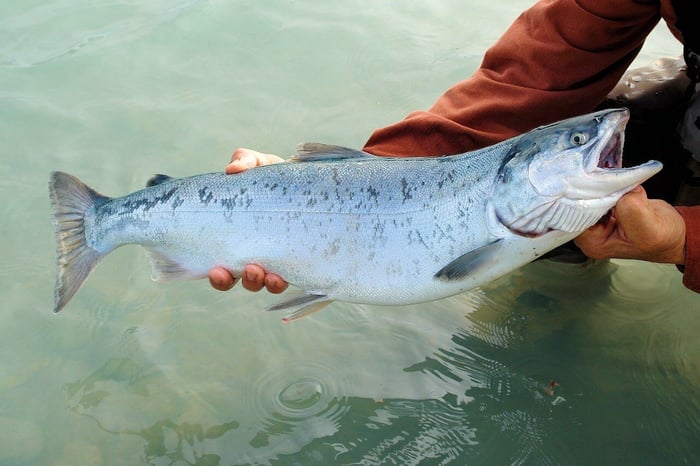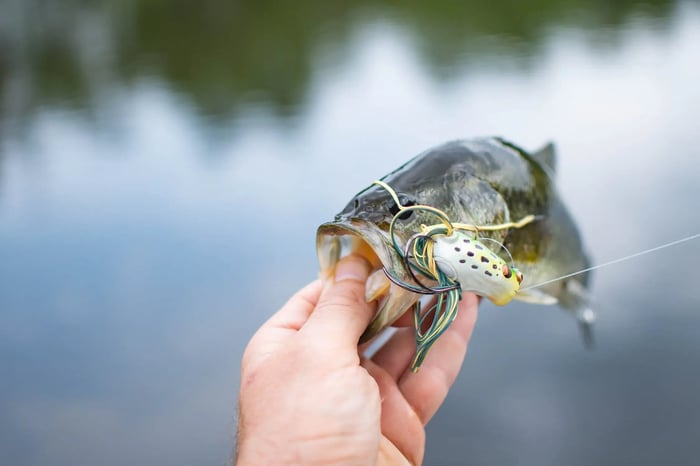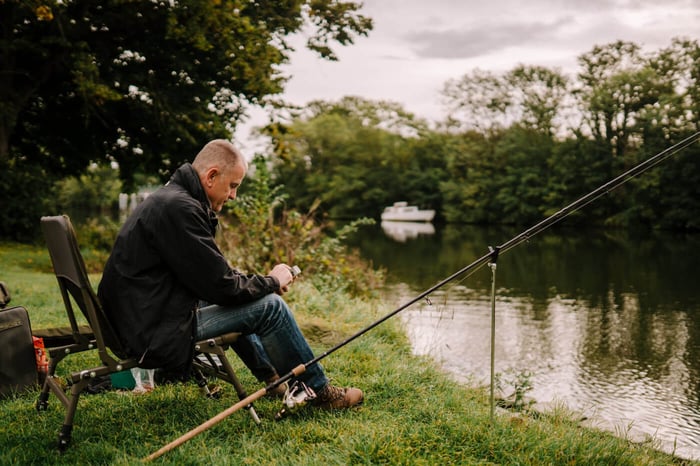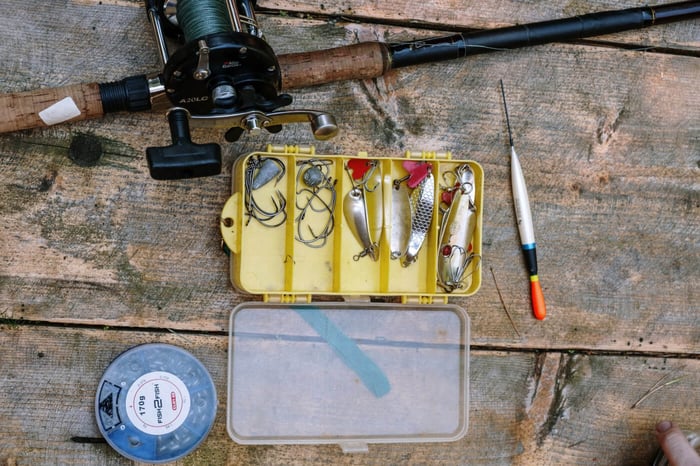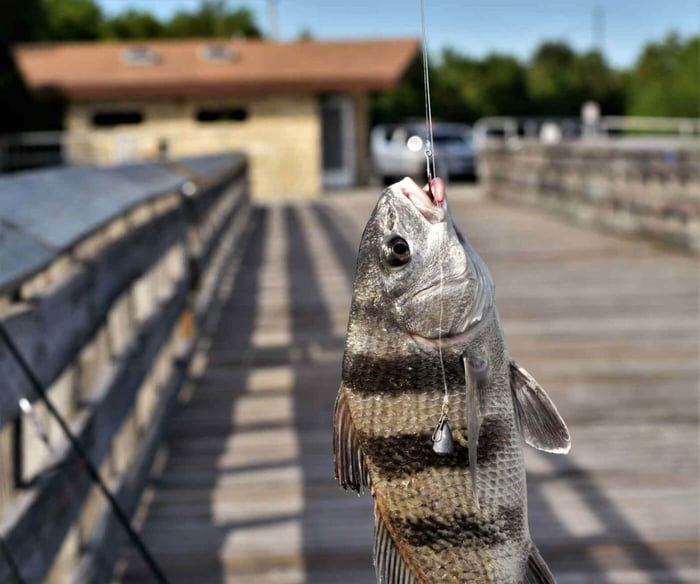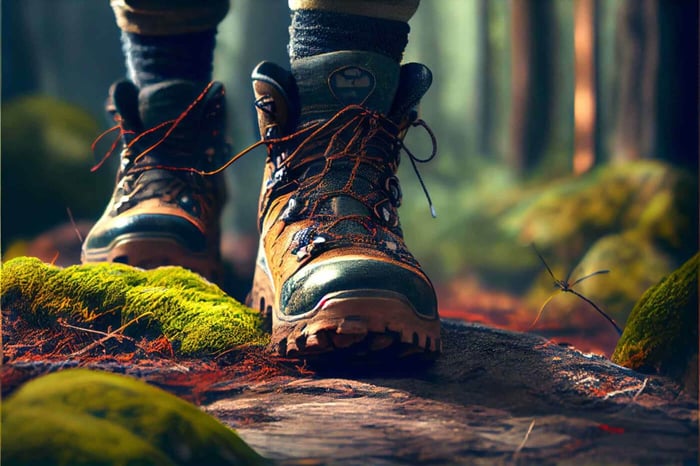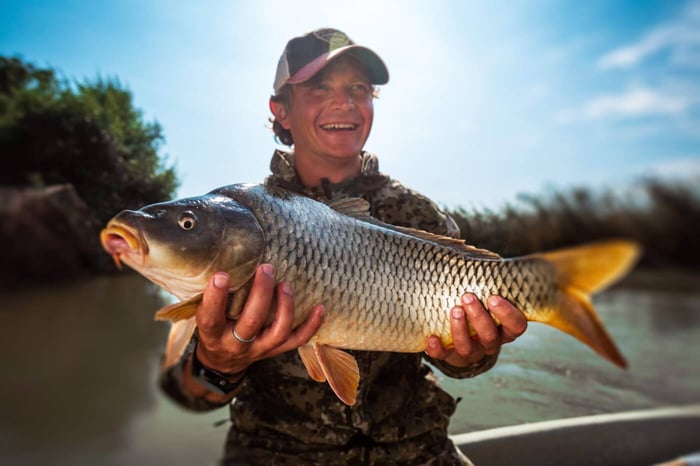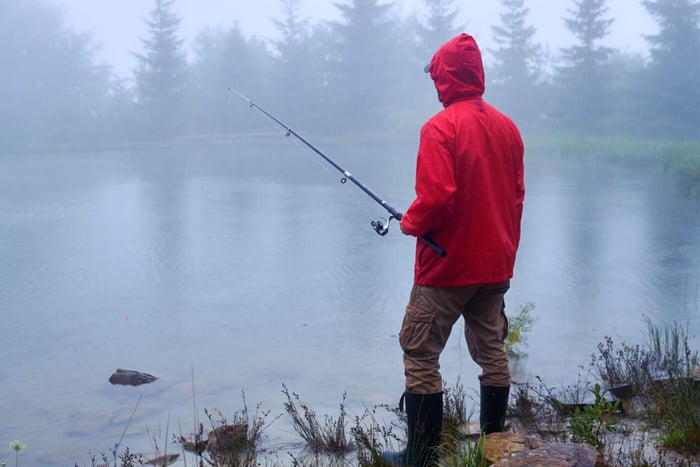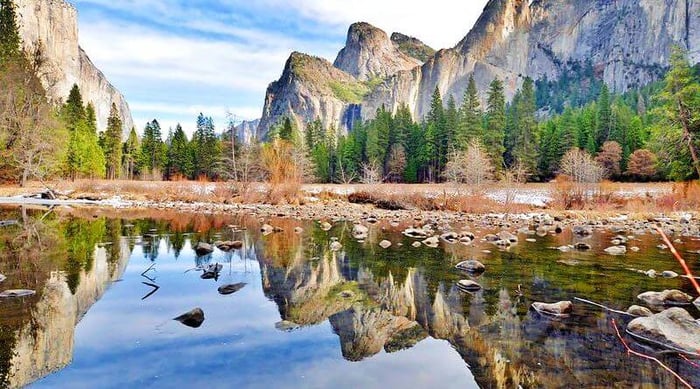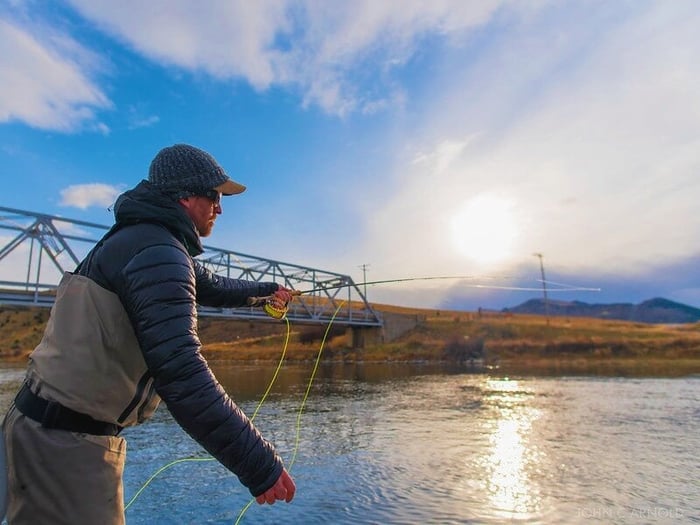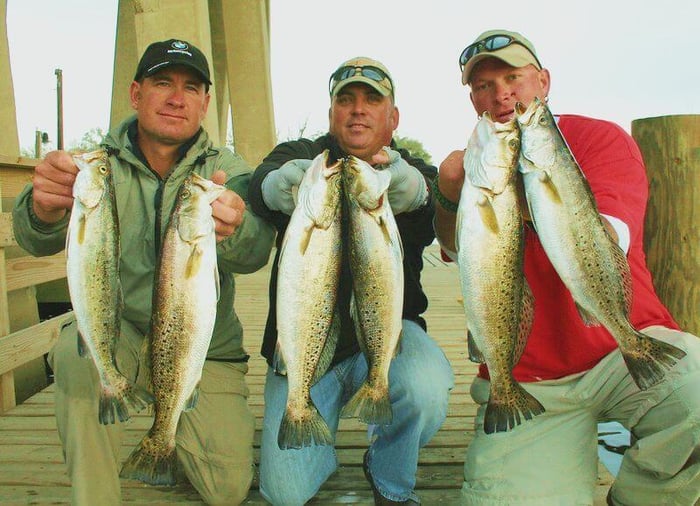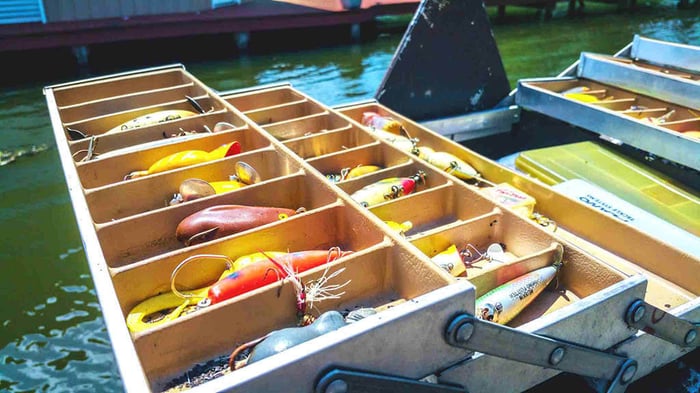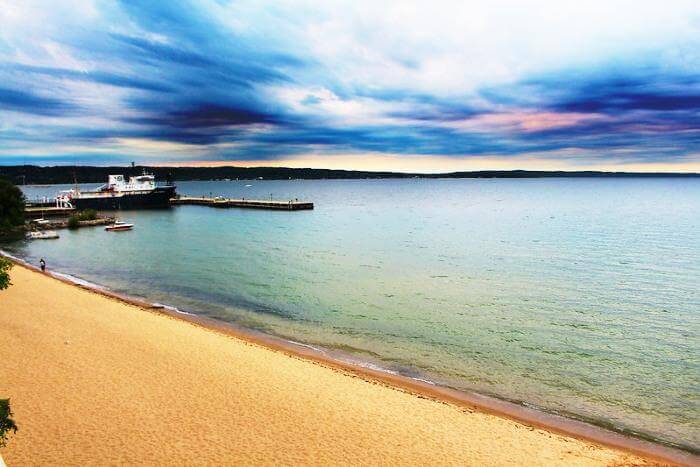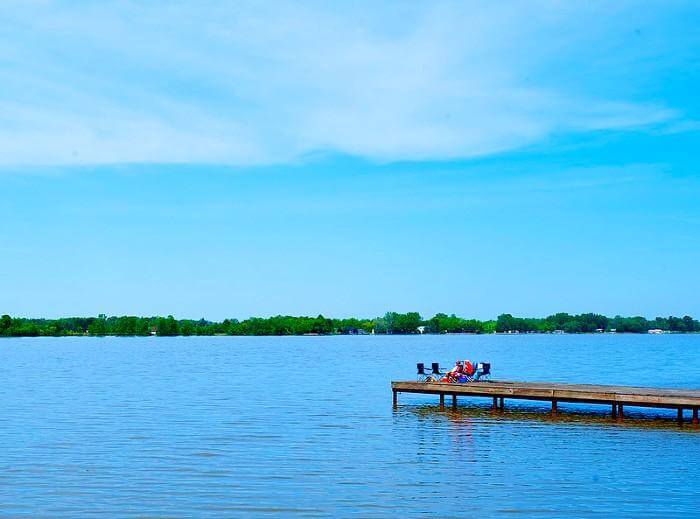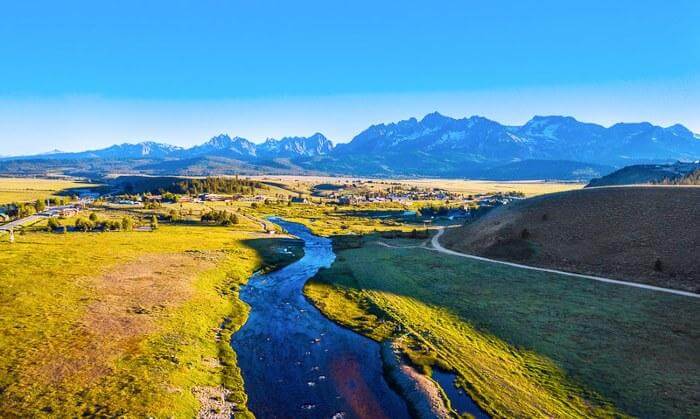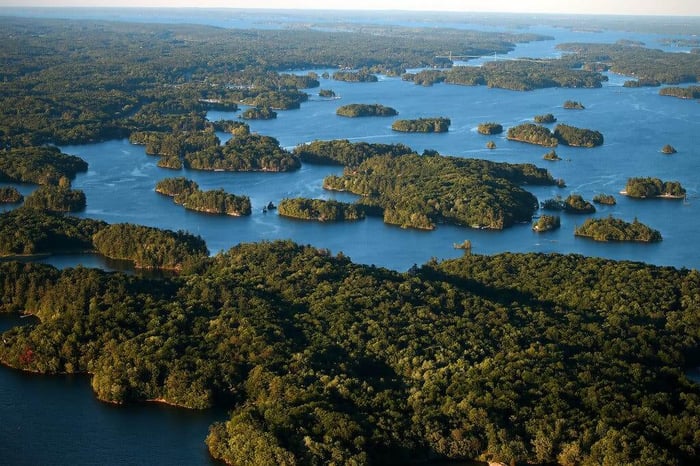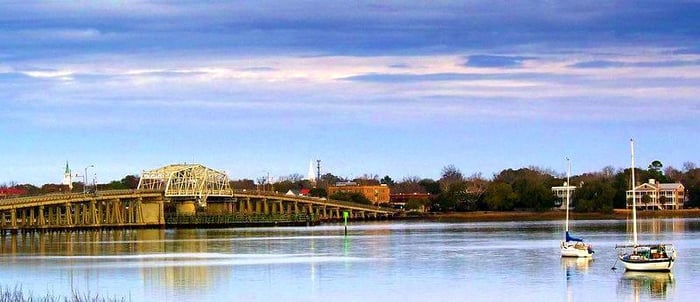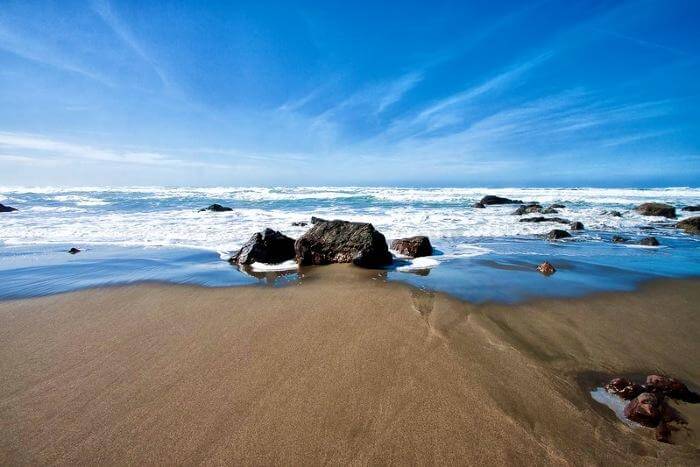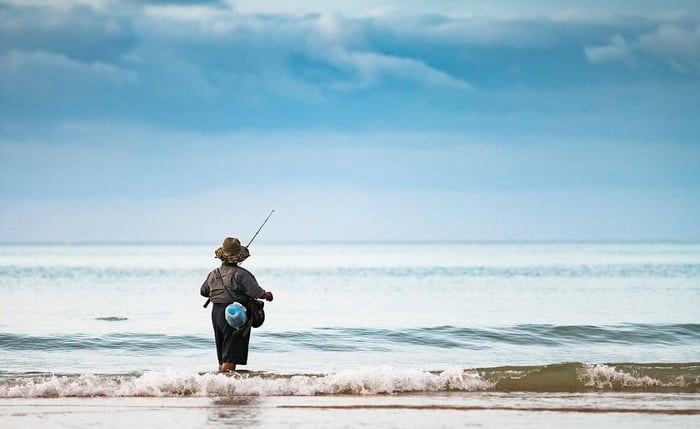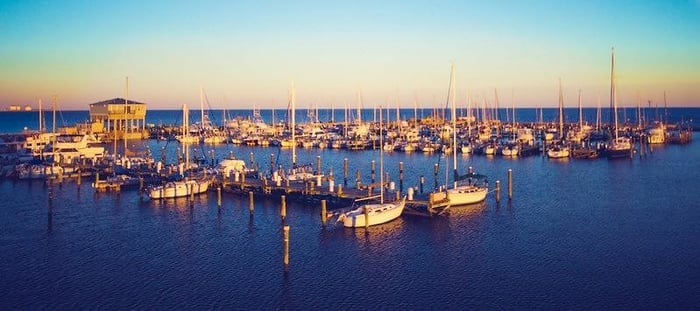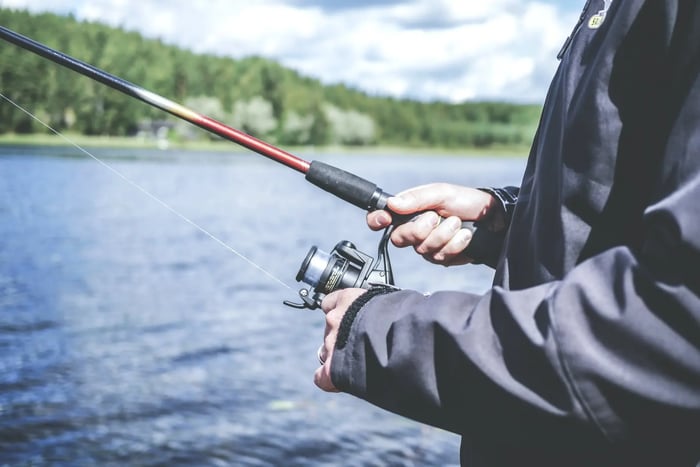ALL ABOUT SALMON
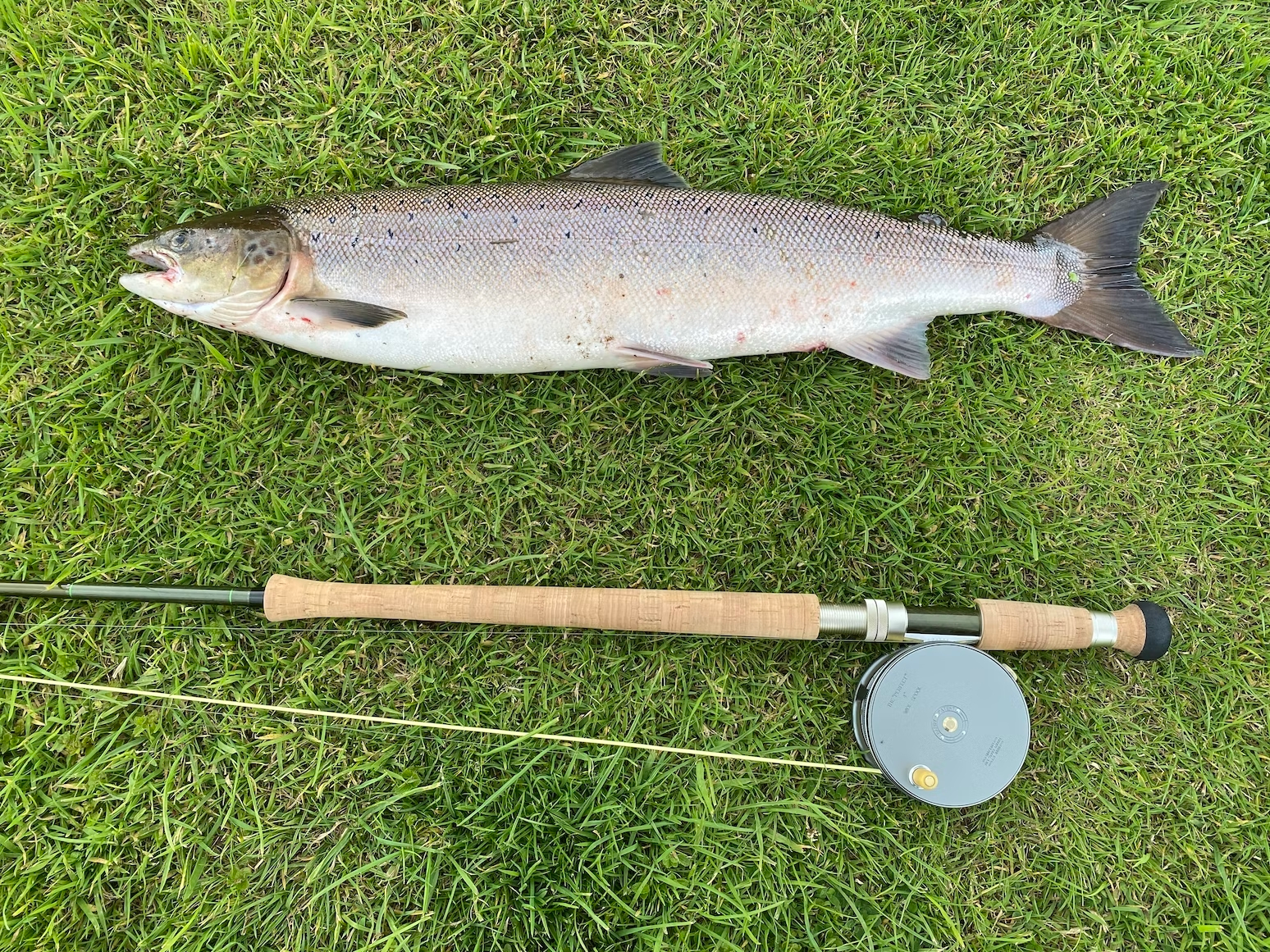
Salmon is already a staple food in the United States, from Northern California through the Pacific Northwest and into Alaska. Let's not forget how Native Americans on the Pacific Coast depends on salmon to run their life. As such, salmon is one of the best species of fish to catch during your fishing activity. It is very famous for its amazing runs from oceans, and lakes, to streams. Not only that, but salmon is also one of the best-tasting fishes there is.
Catching salmons is a sought-after demand that fisheries management had to come up with ways to introduce ocean-bound salmon to lakes and reservoirs across the west, allowing them to live their entire lifecycles in fresh water. Now, you must be wondering how to effectively catch salmon and are here for some salmon fishing tips.
First of all, there is no holy grail out of all methods and techniques in fishing. The effectiveness of such depends on your expertise, the number of people you are fishing with, the kind of salmon you're aiming to catch, and how many salmon you plan to catch. Moreover, you need to bear in mind the regulations in each district and whether or not you will be allowed to take home your catch or be allowed to fish at all. So, make sure to meticulously check your chosen fishing area and if it's definitely a catch-and-release area.
The fishing method and technique depend on your overall agenda. For example, if you want to catch a lot of salmon and bring them all home, the best fishing method is the downrigger or planer board on a boat. Why is that so, you may ask? This is because the fishing above methods will allow you to have many fishing lines in the water at the same time. In another instance, if you are just planning a fishing trip for two, you can use the fly fishing method and trolling technique. These methods will allow you to enjoy a seamless and relaxing weekend fishing with a friend or loved one on a lake, surrounded by nature and all that greeneries. On the other hand, fishing with egg sacks will give you the opportunity to harvest salmon during its spawning season.
You get the gist. There are a lot of fishing techniques and methods to go after salmons swimming in the sea. Ultimately, salmon is perhaps the most coveted prize for fish catchers —and this is for the reason that is so obvious for everyone! It is the kind of fish that tastes good when smoked yet tastes better when grilled. Just make sure to sprinkle some lemon and butter to spice things up.
THE SIX TYPES OF SALMON
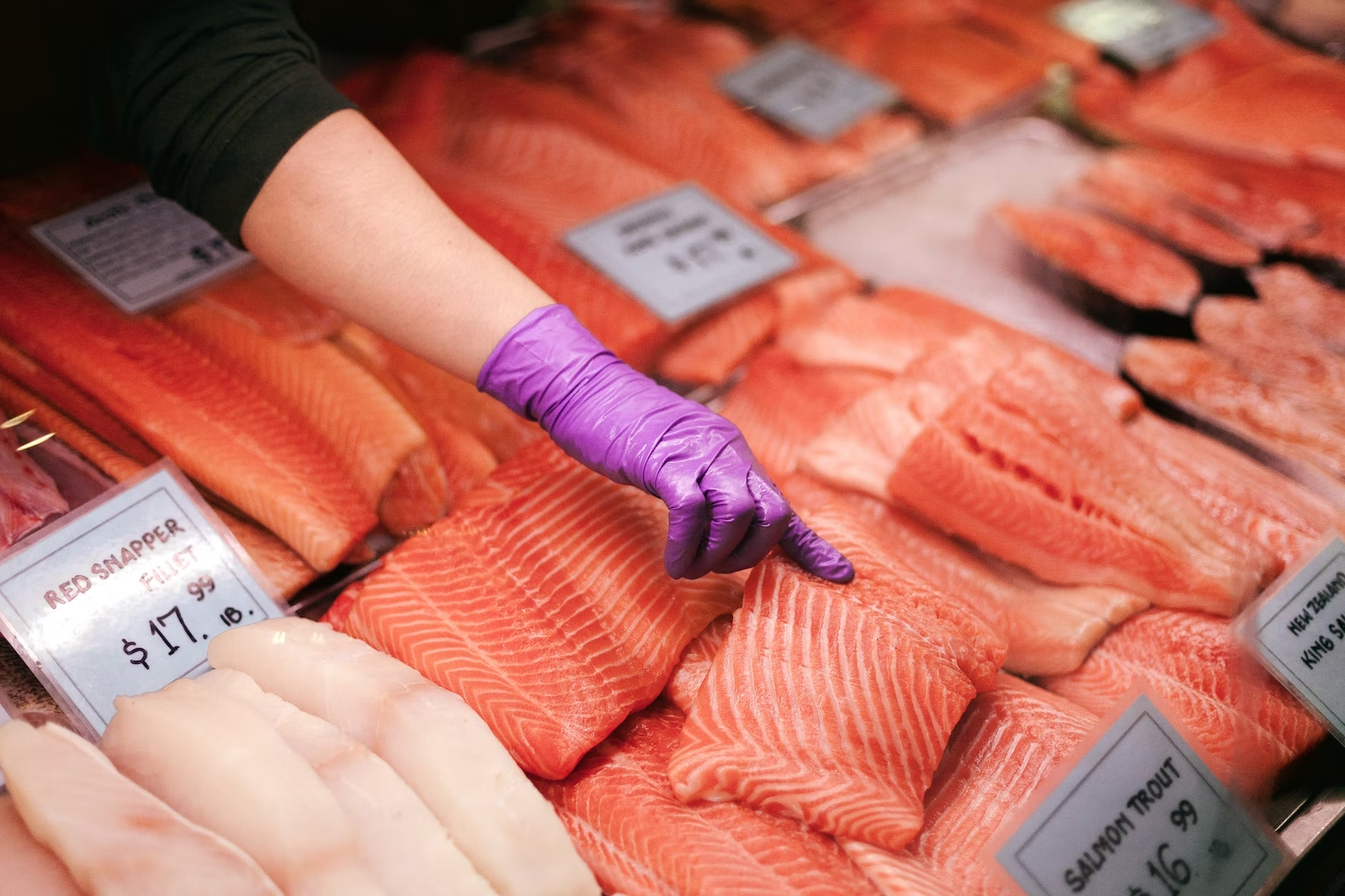
Before getting into detail about how to catch salmons, let us take a quick look at the six (6) different types of salmon. These, in particular, are the six main species of West Coast salmon.
You should know your salmon so you will know exactly what to get during your fishing trip. For instance, if you want wild-caught salmon, you should try tasting some Pacific salmon. All in all, the Pacific Ocean is home to six types of salmon, and American and Canadian boats fish five of them: King, Sockeye, Silver, Pink, and Chum.
CHINOOK SALMON
First on the list is King Salmon, otherwise called Chinook Salmon. Many people consider chinook salmon as the best-tasting salmon out of all kinds and types. These salmons are known for their high-fat content and corresponding rich flesh that gives out white to a deep red color.
Chinook salmon is also known as the big daddy of Pacific salmon. It is due to its outstanding size and unique taste. As such, chinook salmon is so aggressive that they enlarge and may tear down a pop gear set-up in just a few seconds. By standard, chinook salmon may run size of 10 to over 20 pounds, with catches over 30 pounds fairly regular and salmon above 40 and even 50 pounds or more pounds possible.
To go further, chinook salmon carry a purple hue across their upper backs with silver spots and black gumlines before diving right into the freshwater. As chinook salmon enter the freshwater, they darken in color and display a red line along their sides. In most cases, chinook salmon spawns in gravel beds found in medium-sized or larger waters. However, they may also run into smaller streams while crossing shallow waters.
Another interesting fact about chinook salmon is that they have different "runs" depending on location. For example, in the Pacific Northwest, you can find Spring and Fall Chinook Salmon. To add, you may even catch a chinook salmon that splits the difference if you are lucky enough!
Conclusively, chinook salmon spawns within a few miles of the ocean, while others of the same kind migrate miles away from the inland. Some even go as far as East Idaho.
COHO SALMON
Next on the line is the so-called coho salmon, which is also known as the "silver" due to its uniquely and beautifully embedded silver lining skin. Generally, they have bright red flesh and a savory texture than Chinook Salmon —but the difference is barely noticeable, and if any, they have nothing but similar flavor. These kinds of salmon range from California to Alaska. Although the majority of its kind is swimming between the Central Oregon Coast and Southeast Alaska.
Upon entering the freshwater and out of the ocean, they develop a hooked jaw and become somewhat maroon-shade color. One of their repetitive movements includes leaping like electricity on the end of a line. They provide a good meal to people and are indeed a gamefish to catch on! As such, coho salmon inhabits coastal streams and swims from time to time in other major rivers in Colombia. In two separate instances, coho salmon may return back to their river. While some migrate into upper watersheds and smaller tributaries to spawn. This is because small tributaries allow them to join steelhead and resident trout.
Another interesting fact about coho salmon is that they are among the best jumpers in the salmon family. This means that this kind of salmon does not have any problem at all with scaling rapids to reach prime spawning redds.
These silver-lined salmons wait in the vicinity of saltwater bays until such a time of good rainstorm runs upstream. They travel in a crowded population. You might want to take note of these things in case you want to catch a coho salmon on time.
Pink Salmon
Now, let's talk about the most common Pacific salmon, otherwise called pink salmon. In terms of appearance, they are very light-colored. They are known to have a flavored fresh, and low-fat content. Moreover, they are often canned, but you can also catch them fresh, frozen, and smoked in selected local stores. At times, people call pink salmon "humpies" or "humpback salmon" due to their unique hump at the back, which they acquire during their spawning period.
If you plan to catch pink salmon on your bucket list, you should know that they generally swim around Washington through Alaska and appear every other year. With that, you can say that pink salmon has the smallest fall run since they only return to the area every other year. These salmons aren't as big as Chinook or Coho, but still, they can definitely serve as a good and tasty meal at home.
Sockeye Salmon
Another thing off your salmon fishing list is the sockeye salmon. These salmons are noted for their bright red-orange flesh and deep rich flavor. They are also known as red salmon due to their dark flesh color, as well as their ability to turn deep red as they go upstream for their spawning period.
Sockeye salmons swim in abundance from the northern edge of Oregon far into Alaska. In terms of appearance, they have these green heads and red bodies during the spawning season. To add, they are usually the leaping salmon that Alaskan bears eat in those wildlife videos you often see on your TV.
Sockeye salmon also has a smaller landlocked form known as kokanee. Kokanee is indigenous to the West Coast lakes. At times, during their migration process, they get blocked due to natural calamities such as flooding and landslides. Currently, wildlife agencies have made some efforts to expand the abundance of these salmons, going far beyond their ancestral homes.
On that note, how else are these salmons so popular? Well, they are excellent fish with a good savory taste. So, in catching salmon, why not try these sockeye salmon in your next boat fishing?
Atlantic Salmon
As previously mentioned, the Pacific Ocean is home to a variety of salmon fishes. However, there is also one salmon that resides specifically in the Atlantic Ocean, and that is the Salmo Salar, commonly known as the Atlantic salmon. Atlantic salmon available in commercial stores are all farmed. While many people think that "farmed" salmons are not sustainable, it is important to acknowledge that salmon farming techniques have made great strides towards more sustainability —so, let it easy and enjoy the taste!
Chum Salmon
Chum salmon is typically found in coastal areas from northern Oregon to Alaska. Appearance-wise, they are bigger than sockeye and pink salmon, while being the same length as coho but with a much burlier build. During the spawning season, they develop large canine-looking teeth.
In line with that, they are also referred to as the "dog" salmon due to their toothy appearance. This name also has a bad connotation since chum salmon is known to be the least tasty salmon out of all kinds; they are often used to feed dogs, hence the nickname.
Chum is usually canned or sold frozen to foreign markets. At times, commercial companies market them with other names, such as keta or silver bite, to get away from the negative image of these salmons. As such, keta comes from its species name and is denoted by a smaller fish—averaging about 8 pounds. They are pale with medium-colored flesh and low-fat content than other kinds of salmon.
SALMON FISHING TECHNIQUES
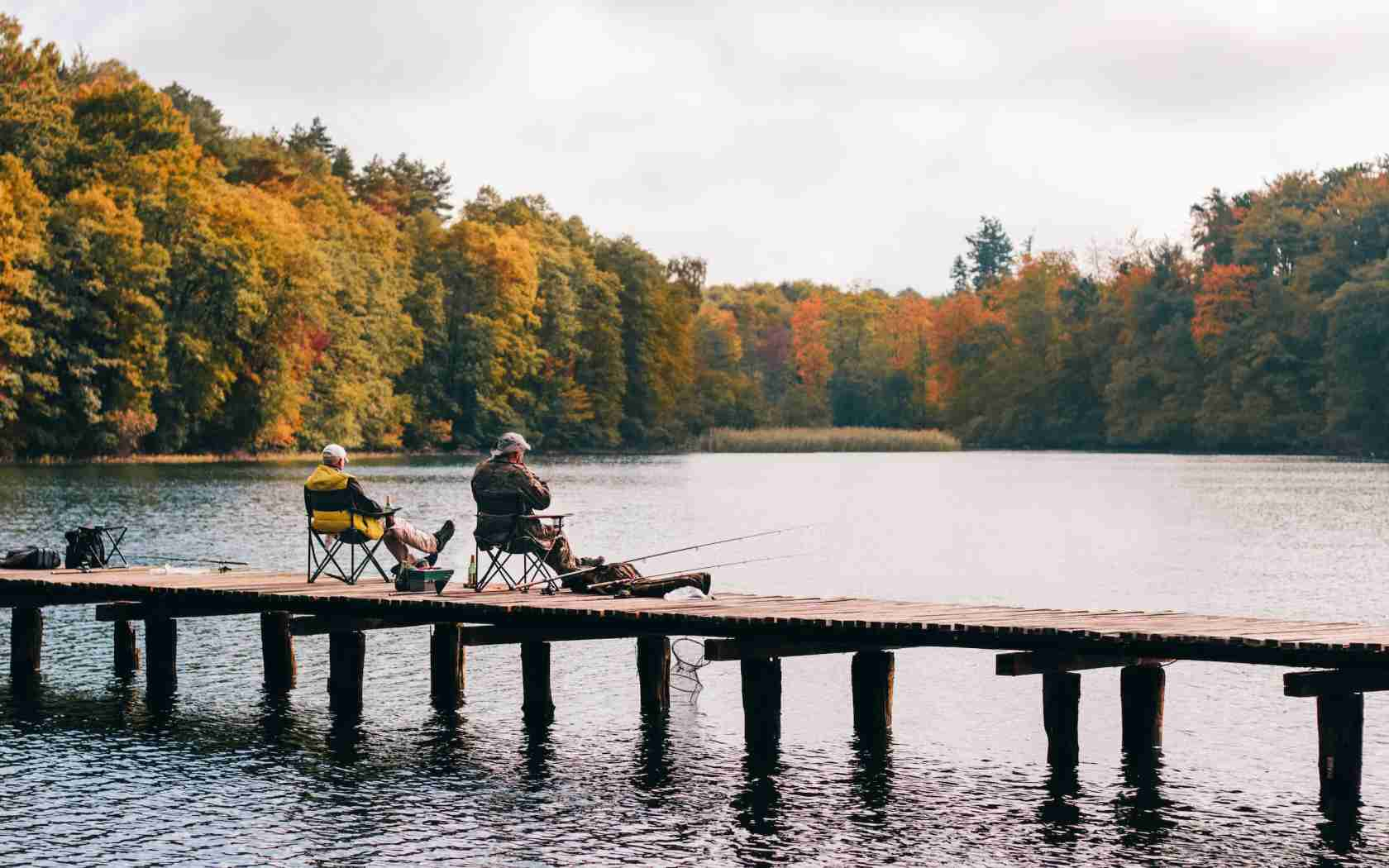
Listed below are some salmon fishing techniques that you may use to catch salmon on your next salmon fishing trip:
Salmon Fishing with a Downrigger
Salmon fishing with a downrigger is one of the most effective ways to attract salmon from a boat. It will allow you to catch salmon at increased depths, all the while controlling the release mechanism of your rod. What's more, it also has the capacity to catch more fish than one line at a time.
A downrigger is a complex tool. It has basic components, including an arm-and-rod base which essentially serves as the holder. These are attached to a spool of wireline, which you use to put out in the water and catch salmon. As such, the end of the wire contains some lead weight which then enables the lure to reach the water as deep as it can get.
Salmon Fishing with Planer Boards
Planner boards are either made of wood, plastic, or foam. To be frank, they don't go well in water with heavy currents. However, one good thing about this fishing technique is that they allow multiple lines to be used on one boat simultaneously. In that way, when you space your lines out from the sides of the boat, the angles will enable you to cover a wider area of water when trolling.
Before deciding to go with this method, you should know where you will attach the rods to the boat. You should also ensure that the planner board corresponds to the side of the boat that your rod will be hanging from. And then, attach the planner boards to the fishing lines. Moreover, you should maintain weight on the line to keep the lure at the desired depth. You do this until such time the line is rigged, and you've begun trolling.
Now, all you have to do is pay attention to your planer board and be alert as soon as a fish has bitten your lure.
Fly Fishing for Salmon
Fly fishing is another method employed in fishing activities, usually done while standing on a river bank. Although, you can also use a boat to get from one place to another. After all, standing in a boat while fishing is also a good strategy to reach deep waters.
These methods are longer and more flexible than a spinning reel or a bait-casting reel. Before deciding, you should pick between a fast-action rod, a moderate-action rod, and a slow-action rod. In doing so, bear in mind that the slower the rod, the more flexibility in fishing it will provide.
Lake Salmon Fishing
Trolling is the most used method in lake fishing. This is a method where you fish from a moving boat. To start, rig your line with bait and cast your line into the water from the back or side of the boat afterward. When trolling, keep the boat at a slow speed to keep the bait below the water. You can also change the speed of the boat to accommodate the depth and speed of your bait.
Moreover, you can control the depth you're fishing at by using devices like sinkers, divers, or downriggers.
Float Fishing for Salmon
In float fishing, all you need to get is a rod, a bobber, and a lure or bait. You can also float fish from a stationary boat, a dock, or the shoreline.
The bobber is the indicator of whether or not a fish has been lured into your bait. So, the height of your bobber depends on the depth of water. As such, many anglers utilize small sinkers, so their bait sinks deep down. After casting the line, pay attention to the bobber and enjoy the catch thereafter.
Salmon Fishing with Egg Sacks
Lastly, salmon anglers also use this natural and effective method of egg sacks to catch salmon. During the spawning season, fishing with egg sacks is the most sustainable method since salmons will give a detour around baits and lures.
Egg sacks are made up of cured salmon or trout eggs. You can combine it with spawn netting and attach it to the fish hook at the end of your line. Finally, cast the egg sack into the water and let it drift to the bottom. Do not reel and allow it to imitate a natural grouping of fish eggs to successfully earn your catch.
CATCH SALMON IN YOUR NEXT FISHING
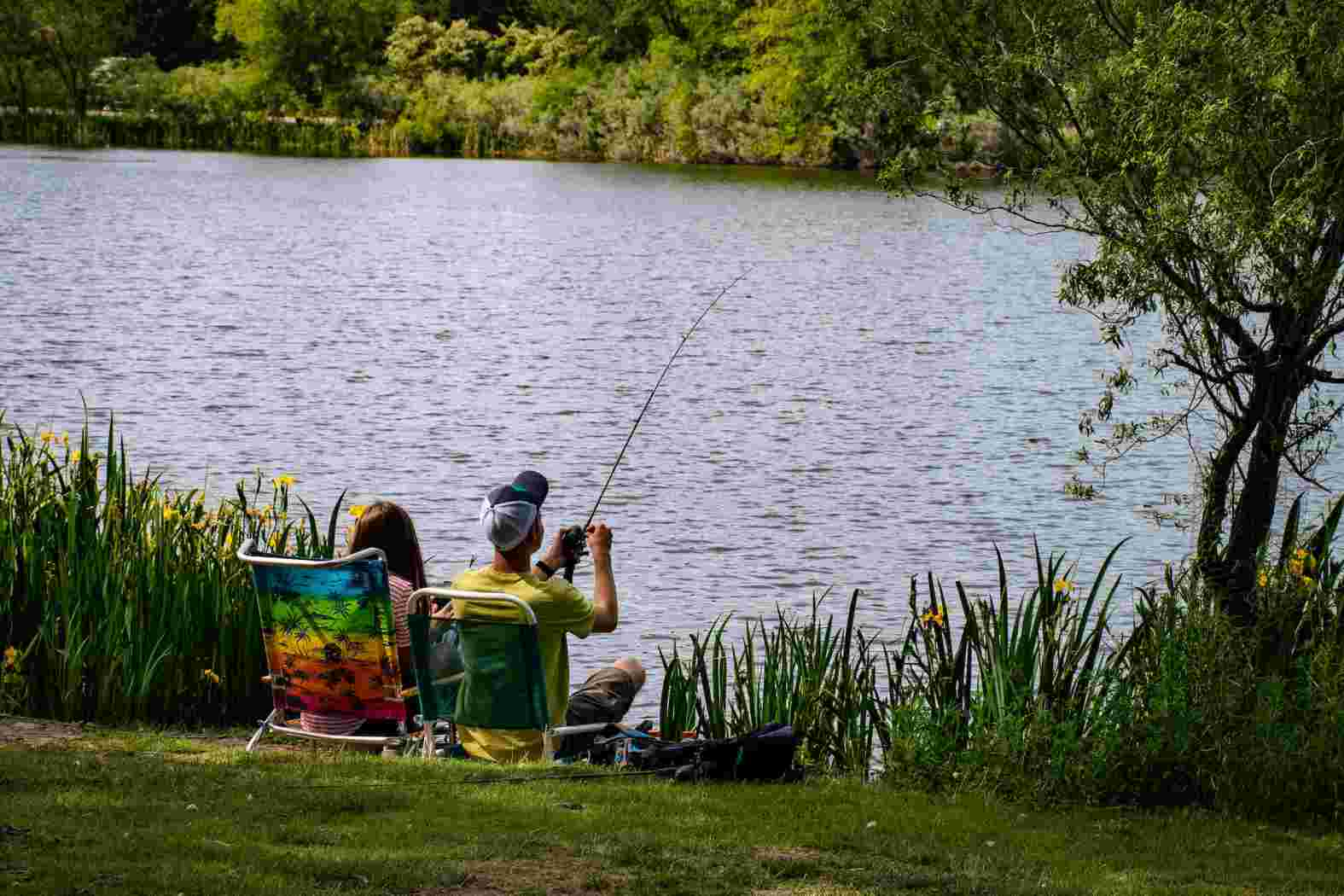
So, there you have it! In this article, we talked about the different types of salmon, as well as the varying techniques and fishing methods you can employ at your next fishing activity. The bottom line is salmon is a highly-coveted fish. Perhaps catching one will earn you some bragging rights.
Stand up, prepare your gear, and prepare for an amazing salmon-catching adventure. Follow the techniques listed above, and surely, after some time, a fish will bite on your lure and give you a good meal thereafter.
